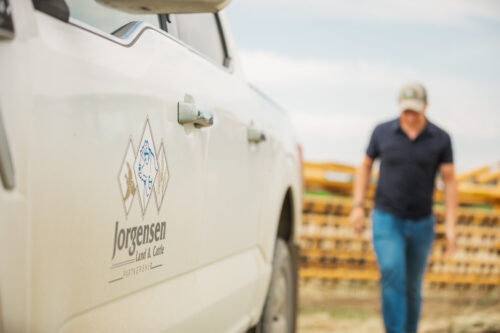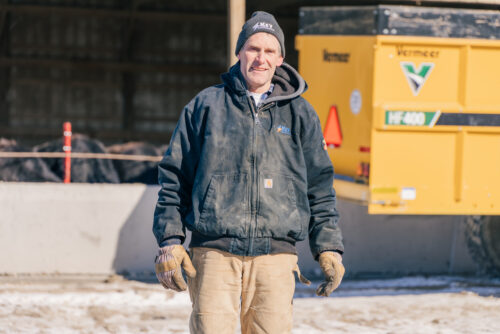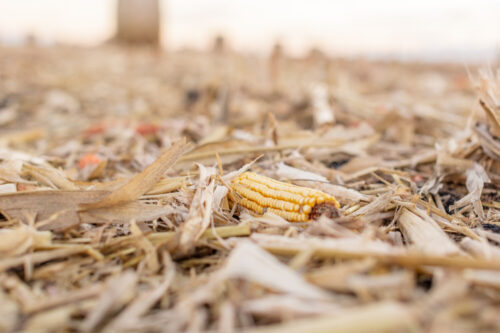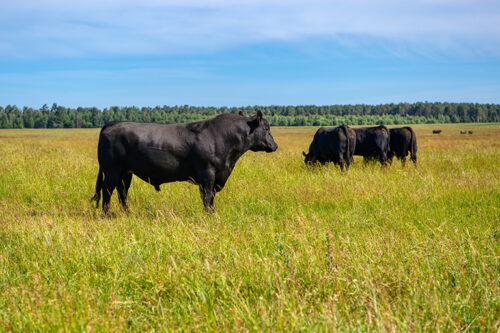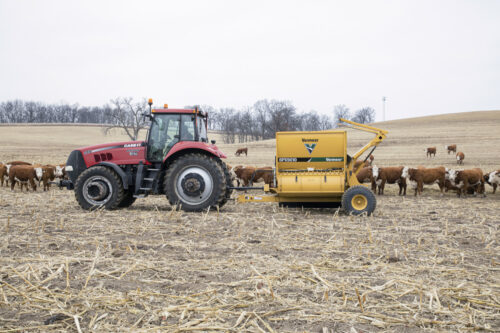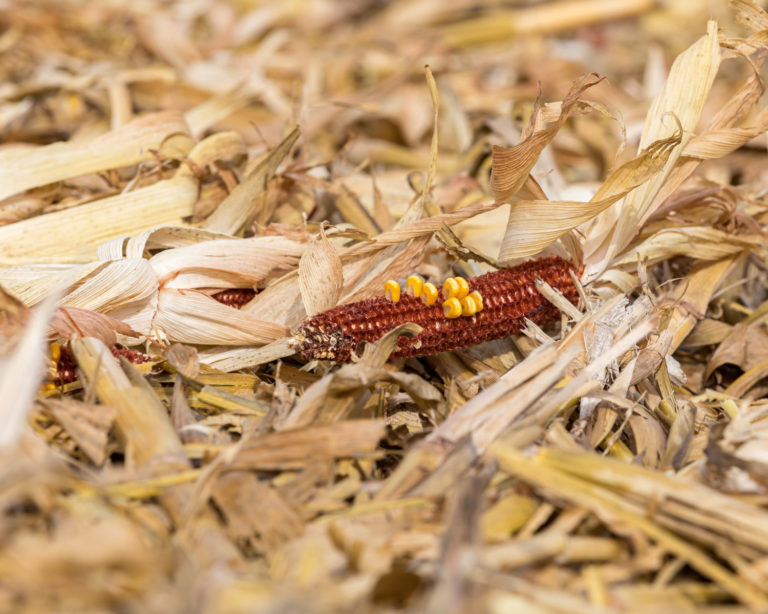
Put cornstalks to use
July 2020
Learn about the benefits of utilizing cornstalks from bedding to nutrition.
Making more with less has been a mantra in agriculture for countless years. Finding creative and strategic ways to increase the value of products and their byproducts is nothing new, but those ways are continuously evolving. With the introduction of byproducts such as distillers’ grain, and more, in beef cattle diets, there is no end to the ways cattle producers can help their operation by decreasing input costs.
One strategy cattle operations across the country are latching onto is the use of cornstalks in their nutrition program and for potential bedding in the winter months. James C. MacDonald, Ph.D., ruminant nutrition professor at University of Nebraska Lincoln, says this is a viable and economical way to provide nutrition to a cowherd — and there are some options for producers.
He often encourages producers he encounters to graze cornstalks to gain maximum nutrition. “I’m a big proponent of grazing,” he says. “As far as stocking rates, you can assume an equal proportion of grain yield as there is forage yield. So if you know how much grain you have, you know about how much forage you have and you can stock appropriately.”
He recognizes not all producers have the ability to graze, so there are other options which still yield nutritional value to the beef cattle enterprise. “The benefit is really in a feedlot diet [if baled]. It’s a cheaper source of roughage, and it’s really high in NDF [neutral detergent fiber]. You can use a lower inclusion of roughage in your diet, using corn residue compared to grass hay, or alfalfa hay, or cottonseed hulls or whatever else that you’re using.” The key in that method is to ensure a wet byproduct is also present in the ration to prevent cattle from sorting the corn residue out — thus not gaining the appropriate nutrition.
For producers feeding baled residue to cows, there is a whole other outlet of use. MacDonald says the cows will sort out and eat the leaf and husk — the more nutrient dense and digestible components — while leaving the stem for high-quality bedding in cold or wet conditions. In fact, if more advanced harvesting techniques were used on the baled residue and it had a higher proportion of leaf and husk, it could maintain a dry, pregnant cow alone.
“Now, if you just go rake and bale, that’s a completely different situation,” he advised. “If you rake up corn stalks and bale it in and over half of the weight of the bale is stem, then that is not a good nutritional source for cows or calves. You’re going to want to grind that and use it as a roughage source or use it as a bedding.”
"When it comes to deciding what is best for your operation, it is important to consider corn yields, soil type, rainfall and other agronomic components."When it comes to deciding what is best for your operation, it is important to consider corn yields, soil type, rainfall and other agronomic components. A Vermeer dealer or extension service in your area can assist in developing a plan on utilizing cornstalks in your cowherd.
Whether that is grazing the stalks to provide 100% nutrients to the cowherd, or it is grinding baled cornstalks into a ration for roughage, or it is simply using it for bedding, there are multiple ways to inject these strategies into your operation.
“The biggest thing that you want to remember when you’re harvesting corn residue is what parts of the plant you are harvesting, and then utilize that appropriately,” MacDonald concludes. “If it’s everything, then bedding and feedlot finishing diets with a byproduct is the answer. If grazing it, dry, pregnant cows can maintain themselves on corn residue, if stocked appropriately, without any protein or energy supplements. Which is pretty incredible.”
***
This article was written by Kayla Jennings for Makin’ Hay.
Information noted above was gathered from a third party who was advised his/her experience might be featured in marketing materials. This article contains third-party observations, advice or experiences that do not necessarily reflect the opinions of Vermeer Corporation, its affiliates or its dealers. Individual results may vary based on care and operation of machine and crop and field conditions, which may adversely affect performance.
Vermeer Corporation reserves the right to make changes in engineering, design and specifications; add improvements; or discontinue manufacturing at any time without notice or obligation.
Vermeer and the Vermeer logo are trademarks of Vermeer Manufacturing Company in the U.S. and/or other countries. © 2020 Vermeer Corporation. All Rights Reserved.


